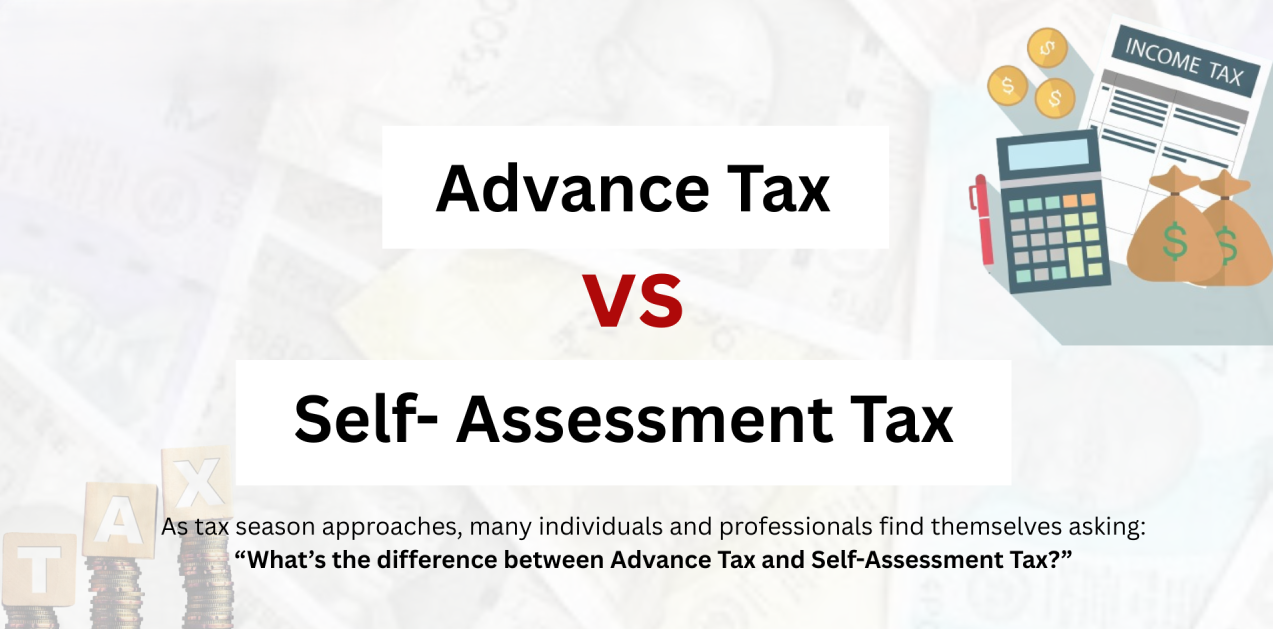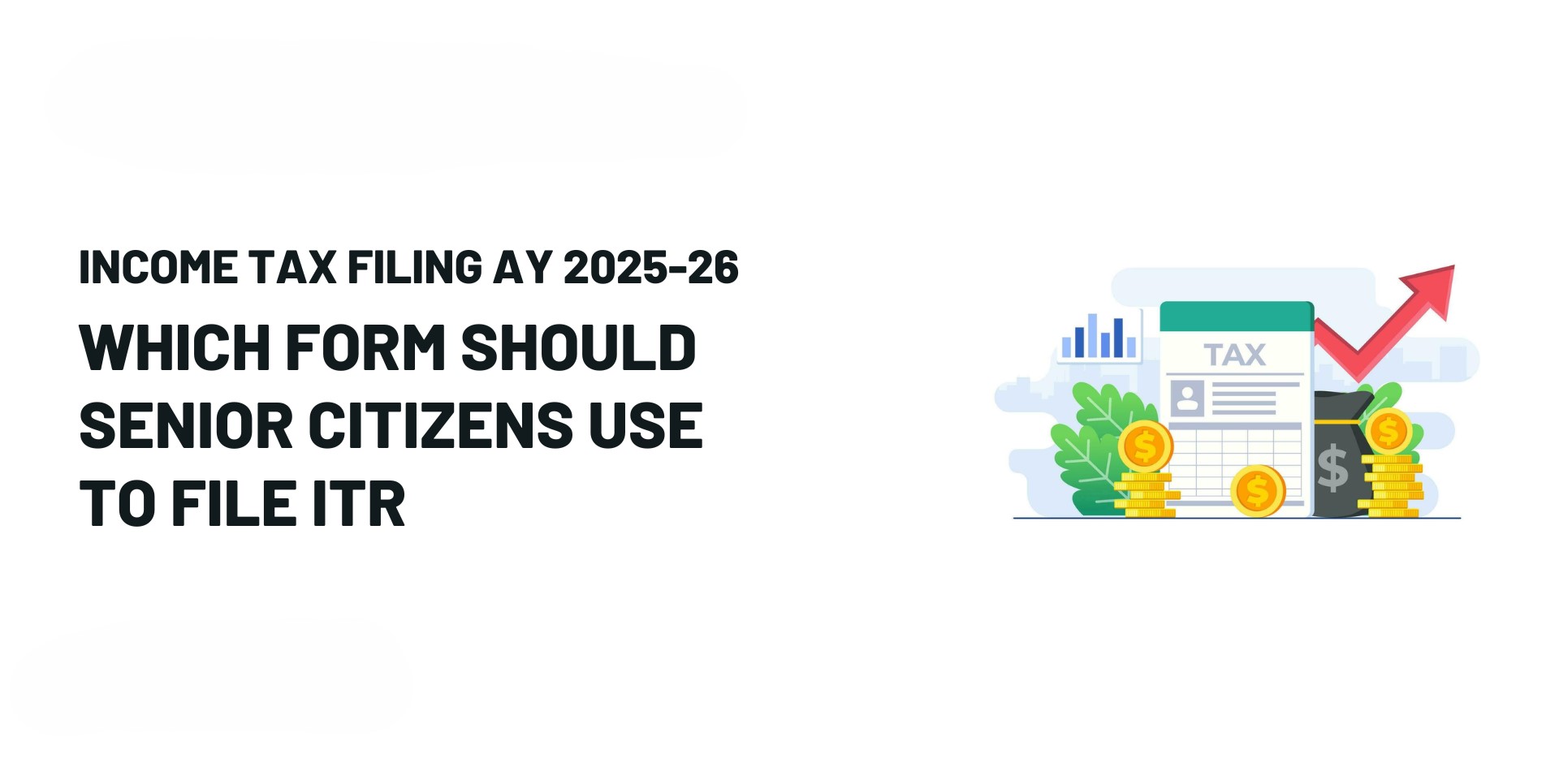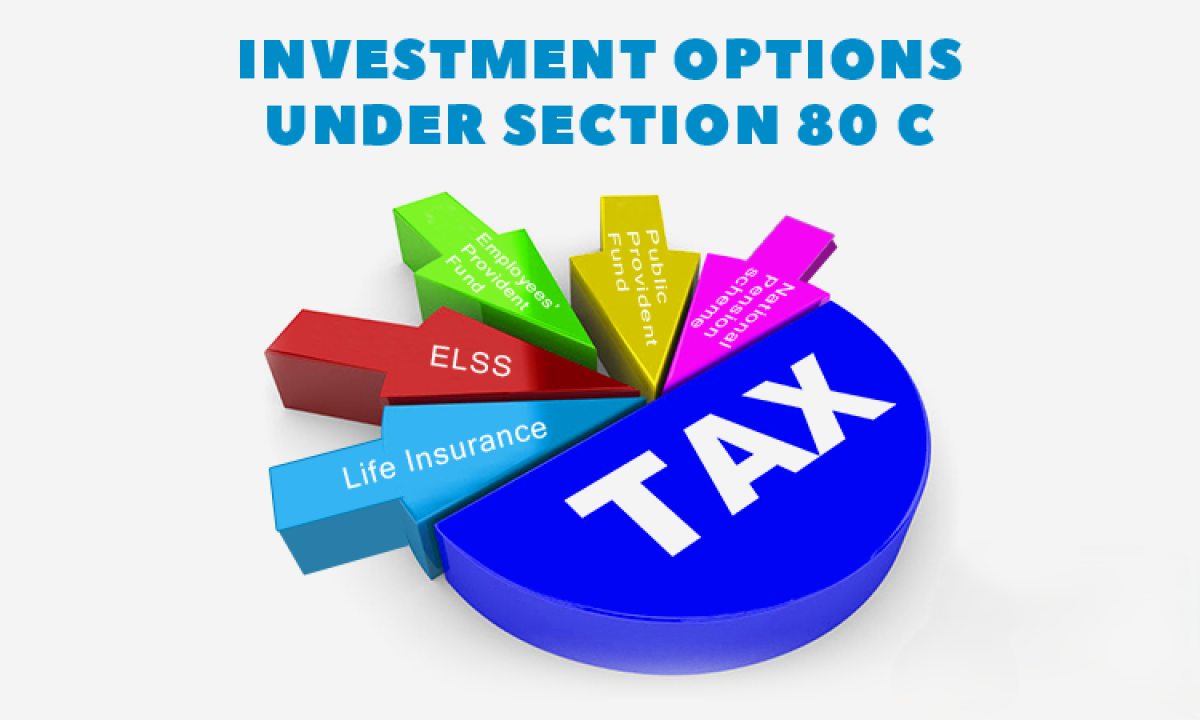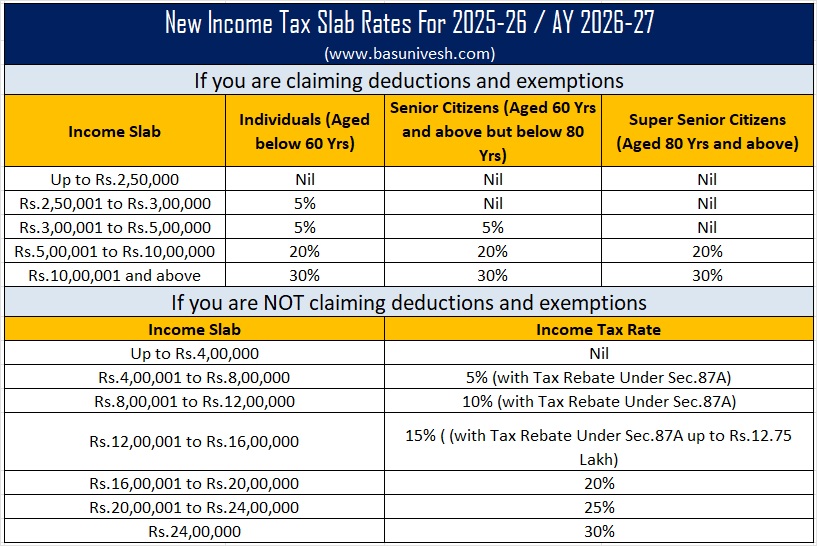
Capital Gains Tax in India 2025: Short-Term vs Long-Term Explained
Capital Gains Tax in India 2025: Short-Term vs Long-Term Explained
Capital gains tax is a crucial part of India’s income tax system. Whether you are an investor in stocks, mutual funds, or real estate, understanding the difference between short-term and long-term capital gains is essential to plan your taxes efficiently in 2025.
1. What is Capital Gains Tax?
- Levy on profits from the sale of a capital asset.
- Assets include stocks, mutual funds, real estate, gold, bonds, and other investments.
- Tax treatment depends on holding period: short-term vs long-term.
2. Short-Term Capital Gains (STCG) in 2025
- Holding period: Less than 36 months (real estate) or less than 12 months (equities/mutual funds).
- Tax Rate: Equities & mutual funds – 15%, Other assets – as per income slab.
- STCG added to total taxable income (except equities).
3. Long-Term Capital Gains (LTCG) in 2025
- Holding period: More than 36 months (real estate) or more than 12 months (equities/mutual funds).
- Tax Rate: Equities & mutual funds – 10% on gains exceeding ₹1 lakh, Real estate & other assets – 20% with indexation benefits.
- Indexation adjusts cost for inflation (except equity gains).
4. STCG vs LTCG Comparison Table
| Aspect | Short-Term Capital Gains (STCG) | Long-Term Capital Gains (LTCG) |
|---|---|---|
| Holding Period | Equities/Mutual Funds: < 12 months Real Estate/Other Assets: < 36 months | Equities/Mutual Funds: > 12 months Real Estate/Other Assets: > 36 months |
| Tax Rate | Equities/Mutual Funds: 15% Other Assets: As per income slab | Equities/Mutual Funds: 10% (gains above ₹1 lakh) Other Assets: 20% with indexation |
| Indexation Benefit | No | Yes (except equities) |
| Added to Total Income | Yes (except equities) | No (except specific exemptions) |
| Exemptions | Limited | Available (Section 54, 54EC, 54F) |
5. Capital Gains Calculation Examples
| Asset Type | Purchase Price | Sale Price | Holding Period | Tax Type | Tax Payable |
|---|---|---|---|---|---|
| Equity Stock | ₹1,00,000 | ₹1,20,000 | 10 months | STCG | ₹3,000 (15%) |
| Mutual Fund | ₹2,00,000 | ₹2,50,000 | 14 months | LTCG | ₹5,000 (10% over ₹1 lakh exemption) |
| Real Estate | ₹30,00,000 | ₹40,00,000 | 5 years | LTCG | ₹2,00,000 (20% with indexation) |
6. Exemptions and Tax-Saving Tips
- Section 54: Invest in another residential property to save LTCG on property sale.
- Section 54EC: Invest in NHAI/REC bonds within 6 months to save LTCG on real estate.
- Section 54F: Invest entire sale proceeds of any long-term capital asset in residential property.
- Use tax-loss harvesting to offset gains with losses from other investments.
7. Filing Capital Gains in 2025
- Report capital gains under ITR-2 or ITR-3 depending on income type.
- Maintain purchase/sale records, contract notes, and investment statements.
- Pay advance tax if total tax liability (including capital gains) exceeds ₹10,000.
Conclusion
Understanding short-term and long-term capital gains tax helps investors plan their investment strategy and tax liability efficiently. The STCG vs LTCG comparison table makes it easy to know which tax applies, and using exemptions, indexation, and careful planning can legally reduce tax burden in 2025.





















Comments
Add new comment